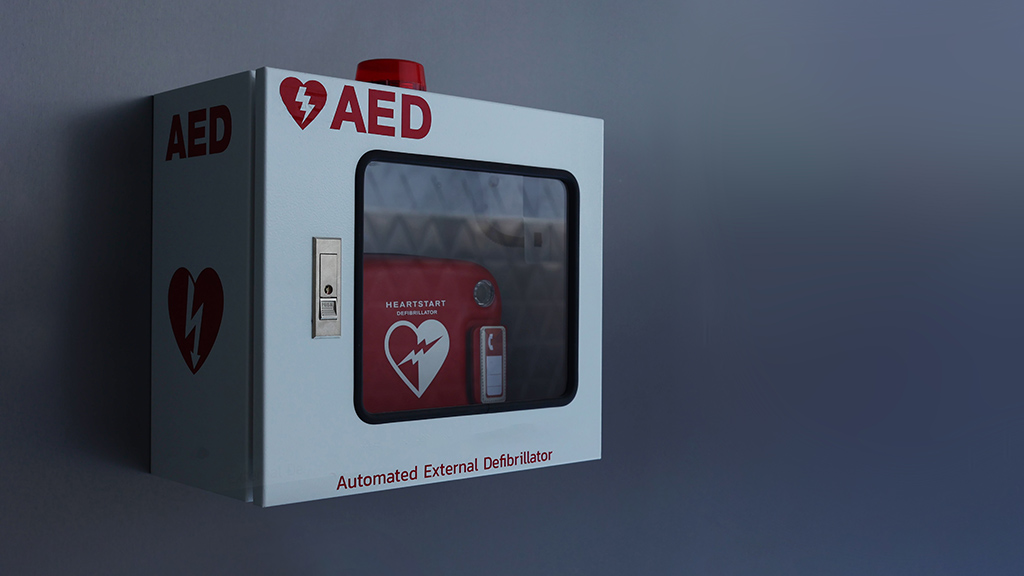TORONTO – The Mikey Network’s mission is to place defibrillators in high-risk public places so that those affected by sudden cardiac arrest can have a second chance at life and the construction site should be no exception.
“We want to have another chapter. We want Mikey’s to be at construction sites,” Eva Naumovski, president of the Mikey Network, told the audience of a recent webinar on Automated External Defibrillators hosted by the Residential Construction Council of Ontario. “We believe that there is something we can do. We’ve done this before. We’ve seen other areas that require these lifesaving units and together we hope we can build on this requirement that our industry and our workers need.”
The Mikey Network was started over 20 years ago and named for Mike Salem, a partner in Heathwood Homes and Herity who passed away suddenly.
“What happened is one of our partners dropped dead on the golf course and we decided as a company that we wanted to do something in his name,” said Mikey Network chair Hugh Heron.
“We started off thinking that what would happen is that old people like me would be the people requiring a defibrillator. That is not the case. Cardiac arrest has no respect for any age.”
Cardiac arrest can affect children, babies, adults, seniors and athletes. To date, Mikey defibrillators have saved 50 people.
Naumovski took some time to explain the difference between cardiac arrest and a heart attack.
“Because we are all in the building industry I’m going to compare it to a house,” she said.
“A heart attack is like the plumbing in a house. It basically means that the flow in your body is not normal…You can be awake, you can be sweating, you can be confused, you can be completely disoriented.”
Cardiac arrest is like the electricity in the home.
“At that point, your heart is not beating at all,” she explained. “When you go into a cardiac arrest your heart basically shivers or quivers inside your body. This machine is made to detect that quivering. How would you know if somebody’s heart is quivering? You’re not a medical expert…so how do you detect that?”
The first clue if somebody potentially has a cardiac arrest is they are not responsive, she added.
Timing is critical when dealing with cardiac arrest.
“On average, EMS takes about eight minutes to arrive at a scene from a phone call,” said Naumovski. “In most cases by the time EMS arrives that victim is 80 per cent brain dead…Having a Mikey Defibrillator onsite in a public place is step one. Step two is to have all the people in those areas be able to react and not afraid of pulling it off the wall or taking it out of their vehicle or calling somebody to come help.”







Recent Comments
comments for this post are closed